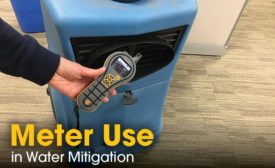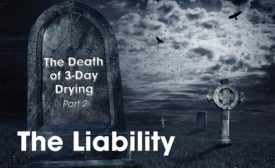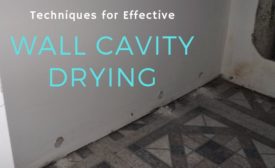Water Damage Restoration
Case Study
Torrential rain floods a 280,000 square foot library.
Read More
Top Tips for Moisture Meter Use in Water Mitigation
The ANSI/IICRC S500 and Meters – What is Standard of Care?
Read More
The Death of 3-Day Drying
Time for the restoration industry to adopt stabilization protocols, and embrace restorative drying.
Read More
Get our new eMagazine delivered to your inbox every month.
Stay in the know on the latest disaster restoration and remediation trends.
SUBSCRIBE TODAY!Copyright ©2022. All Rights Reserved BNP Media.
Design, CMS, Hosting & Web Development :: ePublishing













